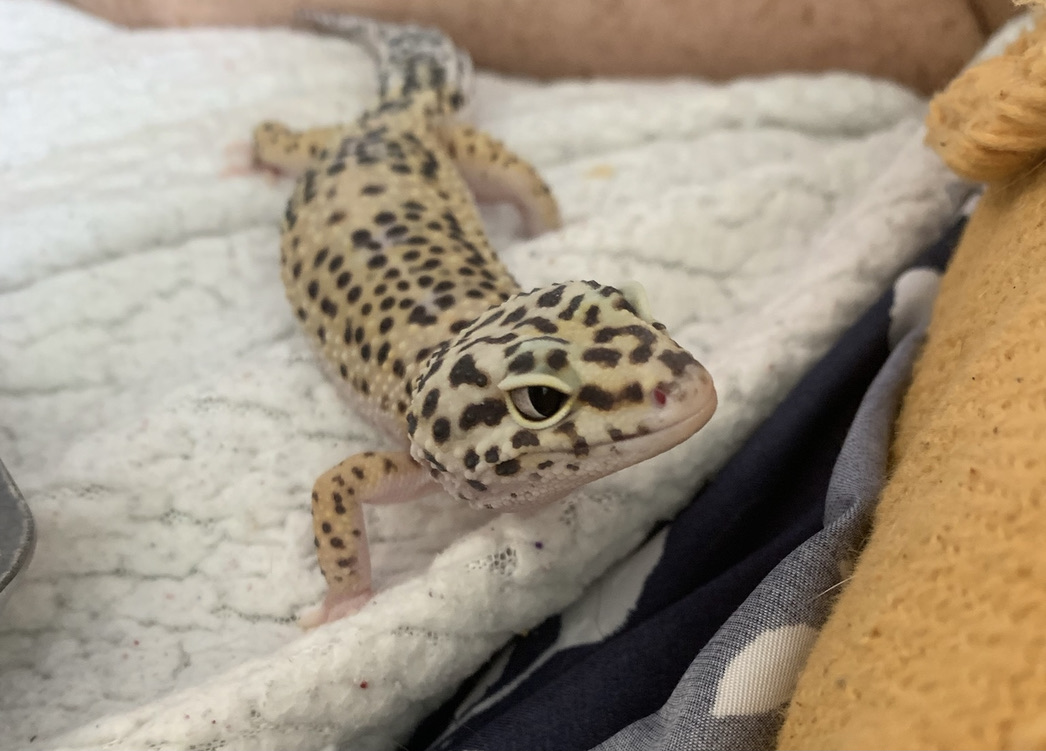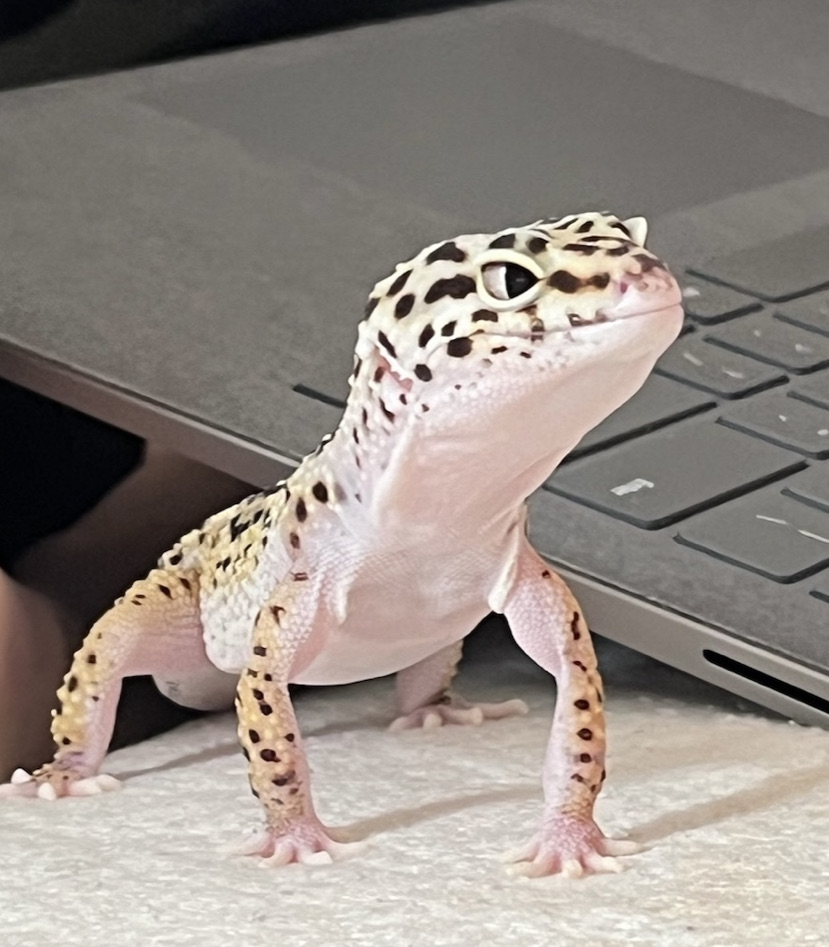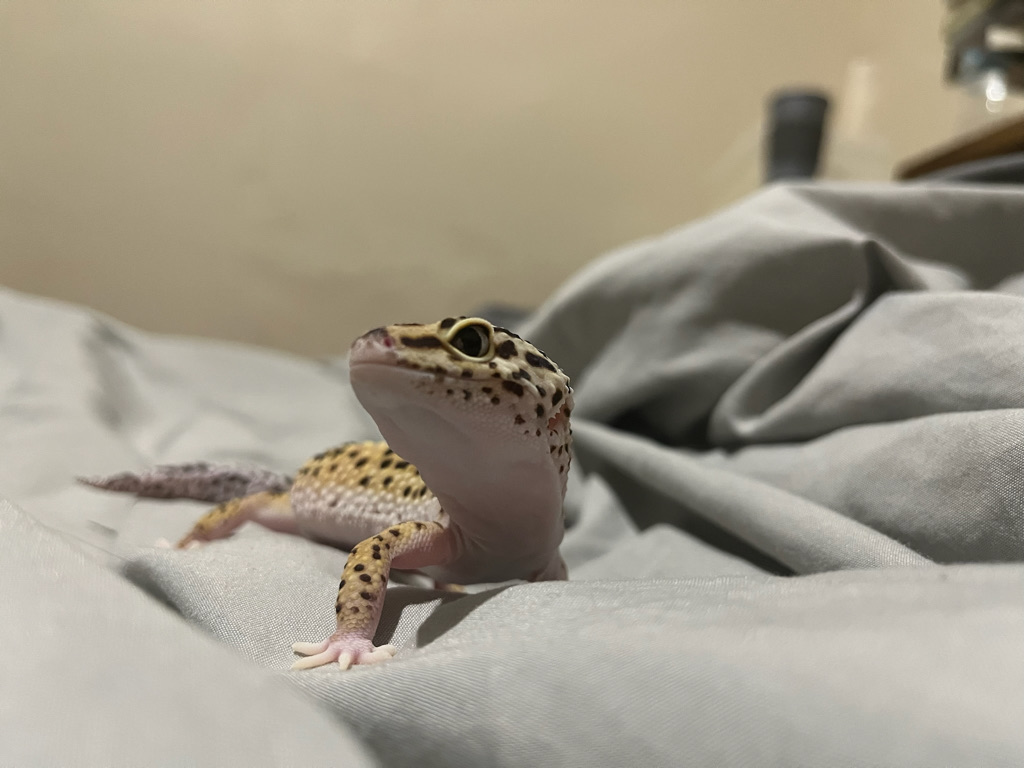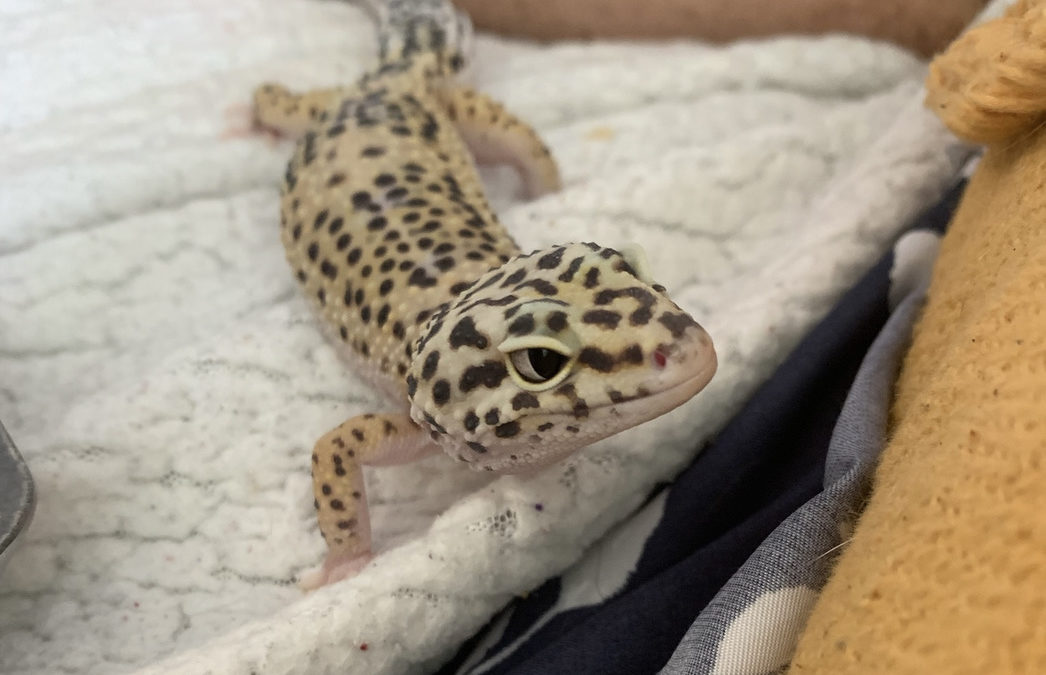Leopard Geckos are, in my opinion, one of the most adorable reptiles you can keep as a pet. Native to parts of the middle east, these lizards have a very good reputation in the reptile hobby, and many people claim them to be the best pet reptile for a beginner keeper. Leopard Geckos get their name from their spotted pattern, which helps them blend into their desert surroundings. They don’t get very large, growing to about 8 to 11 inches in length, so they do not require a crazy amount of space. They do, however, have a relatively long lifespan, with captive individuals living up to 30 years with proper care, meaning owning one as a pet is a long term commitment. If you are willing to keep an animal for that long though, a Leopard Gecko would be a great choice.

Leopard Geckos are, in my opinion, one of the most adorable reptiles you can keep as a pet. Native to parts of the middle east, these lizards have a very good reputation in the reptile hobby, and many people claim them to be the best pet reptile for a beginner keeper. Leopard Geckos get their name from their spotted pattern, which helps them blend into their desert surroundings. They don’t get very large, growing to about 8 to 11 inches in length, so they do not require a crazy amount of space. They do, however, have a relatively long lifespan, with captive individuals living up to 30 years with proper care, meaning owning one as a pet is a long term commitment. If you are willing to keep an animal for that long though, a Leopard Gecko would be a great choice. These reptiles are famously easy to care for. A 20 gallon tank will be big enough for them in most cases, but if you have the space and want to go bigger then you can do that as well. Even though Leopard Geckos naturally live in the desert, it is best to stay away from sandy substrate, as it makes it very difficult to keep the humidity of the enclosure at around 30%, which is ideal for these lizards. If the humidity is too low, the lizard can get shed skin stuck on its toes, and in severe cases it can cause them to lose their toes. Instead, I recommend using a reptile terrarium liner, or even just paper towels as substrate. Since Leopard Geckos are native to the arid deserts of Iran and Afghanistan, they thrive in a warm environment.

They should have both a hot side and a cool side of the enclosure, with the hot side averaging around 80 to 85 degrees fahrenheit, and the cool side at around 70. This can easily be achieved by using an undertank heating mat. Leopard Geckos are strictly insectivores, meaning you will need a readily available source of feeder insects such as crickets, mealworms, or Dubia/Discoid Roaches. I recommend mealworms since they are very easy to care for and are slow moving. An adult Leopard Gecko will eat a few mealworms every few days, with juveniles and hatchlings eating more frequently. If your Leopard Gecko refuses food for longer than usual, it’s usually not anything to worry about. The tail holds fat that they can live off of for some time, and as long as the tail looks fat and healthy it shouldn’t be a problem. These lizards do drink water, so making sure they have a full water dish is a must, preferably on the cool side of the enclosure. A fun thing about Leopard Geckos is that they are, in most cases, very calm and easy to handle. Despite this, you have to be careful because they can move surprisingly quick when they want to, and a fall from any height could be very damaging to the animal. They are also particularly easy to accidentally squish due to their small size.
If all this sounds good to you, and you are looking to get your first, second, or twentieth reptile, then maybe a Leopard Gecko is right for you!


Recent Comments